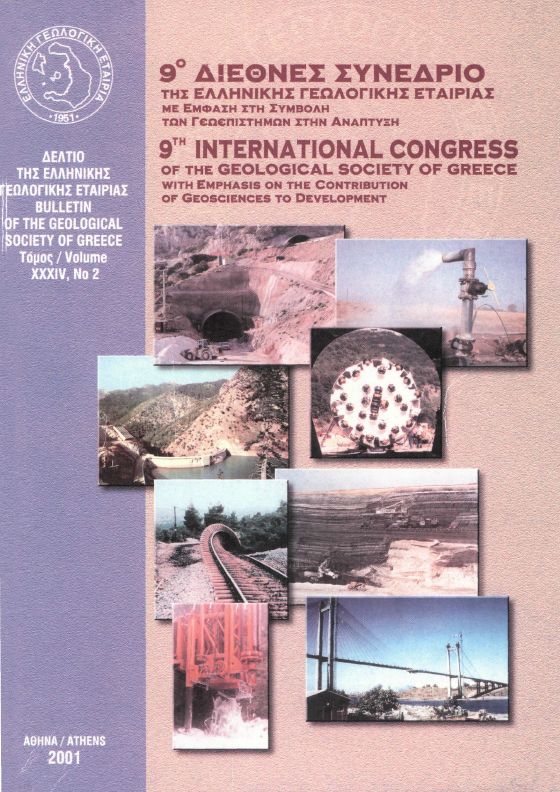Consideration of modern sendimentary processes of the Evros river delta front and prodelta, NE Aegean sea

Abstract
Gravity cores data from the Evros River delta front and prodelta confirm the aspect that the Evros River deltaic deposits tend to west-northwest, along the main direction of the local hydrodynamic regime, preventing the construction of a symmetrical Holocene prism. In the delta front, the terrigenous sediment consists mostly of fine-grained material. Its vertical succession is monotonous with slight differences in grain size or colour, and lack of internal structure or current-produced laminae, indicating almost immutable sedimentary processes as well as long-term discharge fluctuations. The river-borne sand is limited because of its entrapment in the river mouth but sometimes, during extreme conditions (periods of high river discharge, short-lived catastrophic events etc.), can be transported seawards covering an extensive area of the Alexandroupolis Gulf. The negligible biogenic content and the absence of bioturbation effects are attributed to the high rates of deposition. Some bioturbated horizons are produced when sedimentation rates decrease temporarily. The prodelta sediment distribution patterns occur a distinctive zonation along an east-southeast to westnorthwest trend. In the central part, mud dominates, while on both sides of this area, the content of sand gradually increases and becomes the prevalent facies near the coast and in the outer plateau of the gulf. The vertical facies sequences of the upper sedimentary cover are complicated, with many variations in grain size, colour and biogenic content reflecting a complicated manner of deposition. The major feeder of this area is the Evros River providing great amounts of suspended load. Another remarkable source of sand is derived from the coastline, which during storm conditions provides coarse-grained material in the shoreface area. Finally, a sediment supplier of local importance, Loutros River, affects the eastern area of Alexandroupolis building up a small subaqueous fan. In the open sea, the consequences of the modern sedimentation are negligible. The sandy character of the surface and sub-surface sediments, the analysis of biogenic fragments, the long distance from the present-day terrigenous sources are some evidences which lead to the view that the upper sediment body of the southwestern part of the study area has a presumable relict origin. 210Pb profiles are, more of less, consistent showing a sedimentation rate more than 2 cm/yr in the delta front, which decreases to 0.2 cm/yr at about 8 km seaward.
Article Details
- How to Cite
-
ΚΑΝΕΛΛΟΠΟΥΛΟΣ Θ. Δ., ΚΑΨΙΜΑΛΗΣ Β., ΑΓΓΕΛΙΔΗΣ Μ. Ο., ΚΑΜΠΕΡΗ Ε., & ΚΑΡΑΓΕΩΡΓΗΣ Α. (2018). Consideration of modern sendimentary processes of the Evros river delta front and prodelta, NE Aegean sea. Bulletin of the Geological Society of Greece, 34(2), 709–716. https://doi.org/10.12681/bgsg.17305
- Section
- Sedimentology

This work is licensed under a Creative Commons Attribution-NonCommercial 4.0 International License.
Authors who publish with this journal agree to the following terms:
Authors retain copyright and grant the journal right of first publication with the work simultaneously licensed under a Creative Commons Attribution Non-Commercial License that allows others to share the work with an acknowledgement of the work's authorship and initial publication in this journal.
Authors are able to enter into separate, additional contractual arrangements for the non-exclusive distribution of the journal's published version of the work (e.g. post it to an institutional repository or publish it in a book), with an acknowledgement of its initial publication in this journal. Authors are permitted and encouraged to post their work online (preferably in institutional repositories or on their website) prior to and during the submission process, as it can lead to productive exchanges, as well as earlier and greater citation of published work.



